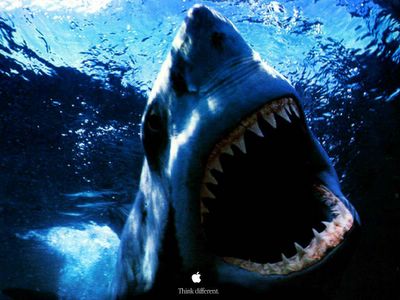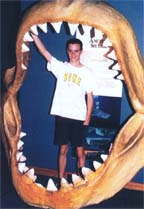Surfer survives a shark attack in South Africa
A South African surfer was attacked by what was believed to be a ragged-tooth shark on Wednesday, a rare incident involving a predator that seldom clashes with humans.
The attack took place at a popular surfing spot on the Eastern Cape, police spokesman Mzukisi Fatyela said, confirming local media reports.
"A surfer was attacked and bitten on the left buttock and was treated for his injuries," he said.
The South African Broadcasting Corporation reported that the shark was believed to be a ragged-tooth, which looks sinister but seldom bites humans unless provoked.
"Ragged-tooth sharks usually do not initiate an attack. The surfer may have disturbed it by falling off his board and bumping into it," said Mike Anderson-Reade, deputy CEO of operations at the Natal Sharks Board.
Attacks by the larger and more fierce great white shark are far more common. In March, a British tourist had a narrow escape when a 5-metre (15 foot) Great White tore into a diving cage about 100 km (60 miles) southeast of Cape Town.
The International Shark Attack File says 61 attacks were reported in the world last year, seven of which were fatal.









